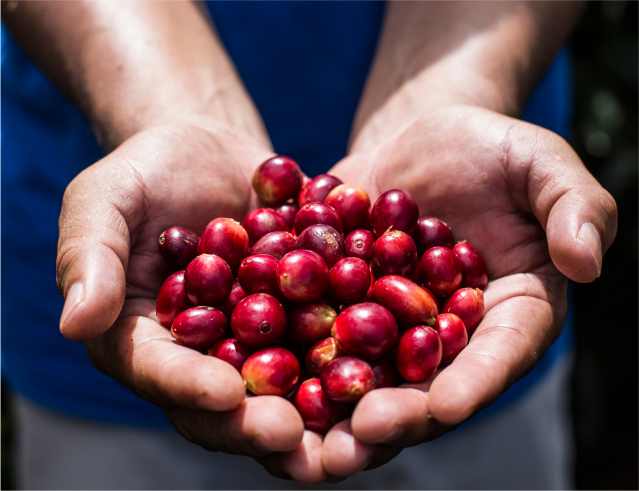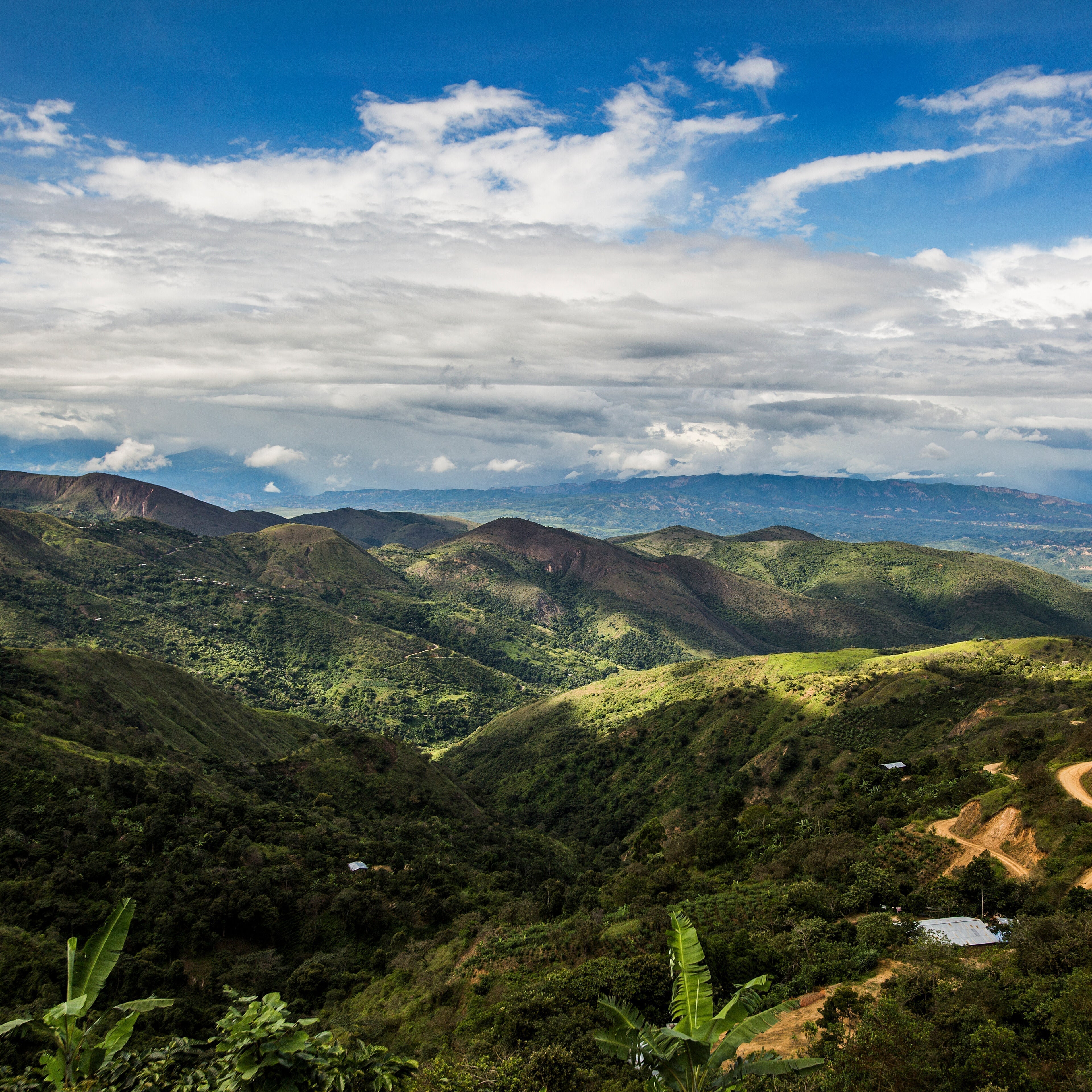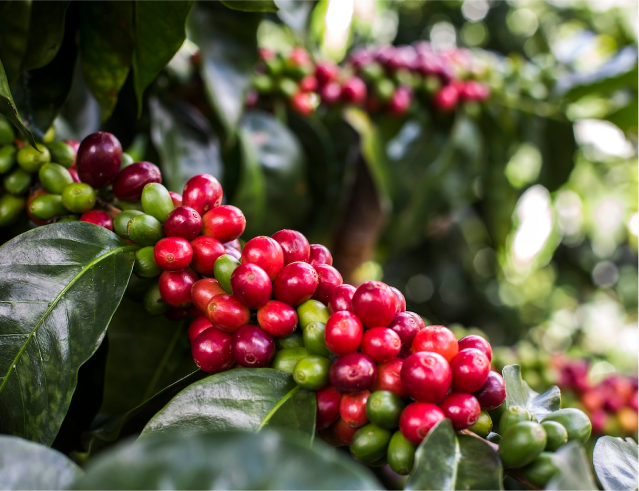Arabica vs. Robusta – The differences and why Arabica is the better choice
Not all coffees are created equal – the two main types of beans, Arabica and Robusta, differ significantly in taste, cultivation, and quality. But what makes Arabica coffee so special, and why is it considered the superior choice?
Growing areas and conditions
Arabica coffee plants (Coffea arabica) thrive at higher altitudes between 1,000 and 2,000 meters. The cooler temperatures and mineral-rich soils at these altitudes allow the beans to ripen more slowly, resulting in a more complex flavor. Robusta beans (Coffea canephora), on the other hand, grow in lower, warmer regions and are more resistant to diseases and pests, making cultivation more economical.
Taste and aroma
Arabica coffee is characterized by a delicate, complex range of aromas. It offers a balanced flavor profile with fruity, floral, and chocolate notes. Robusta, on the other hand, has a stronger, often earthy and bitter flavor with a woody undertone. Due to its higher caffeine content, Robusta also often tastes somewhat harsher and more intense.
Caffeine content
Arabica beans contain approximately 1–1.5% caffeine, while Robusta beans contain almost twice as much caffeine at 2–2.7%. This often leads to Robusta coffee being perceived as more bitter and less aromatic. The lower caffeine content in Arabica makes for a smoother, more digestible coffee experience.
Acidity and digestibility
Arabica beans have a pleasant acidity, which contributes to the complex flavor development and gives the coffee an invigorating freshness. Robusta, on the other hand, has a lower acidity, but often has a heavier and less refined taste due to its higher bitterness. Due to its milder flavors and lower bitterness, Arabica coffee is particularly gentle on the stomach.
Use and quality
Arabica is considered the premium coffee variety and accounts for approximately 60–70% of global coffee production. It is used primarily for high-quality specialty and single-origin coffees. Robusta is often found in espresso blends, as it provides a denser crema, or in more inexpensive instant coffees.
Sustainability and cultivation
Arabica coffee requires more care and is often grown in sustainable agroforestry systems that contribute to biodiversity conservation. Robusta, on the other hand, is often cultivated in monocultures, which depletes the soil and places greater strain on the environment. Organic Arabica coffee, like that from ALTOMAYO, comes from sustainable cultivation, supports fair trade structures, and offers coffee enjoyment with a clear conscience.
Conclusion – Why Arabica is the better choice
Arabica coffee impresses with its finer aromas, smoother flavor, and higher quality. Those who value a balanced, aromatic cup of coffee have made the right choice with Arabica. Sustainably grown organic Arabica, such as that from ALTOMAYO, not only offers excellent enjoyment but also represents a conscious decision for the environment and fair trade.
Experience the difference!
Discover ALTOMAYO's unique organic Arabica coffees and enjoy the highest quality from the best highland regions of Peru!











Leave a comment
All comments are moderated before being published.
This site is protected by hCaptcha and the hCaptcha Privacy Policy and Terms of Service apply.